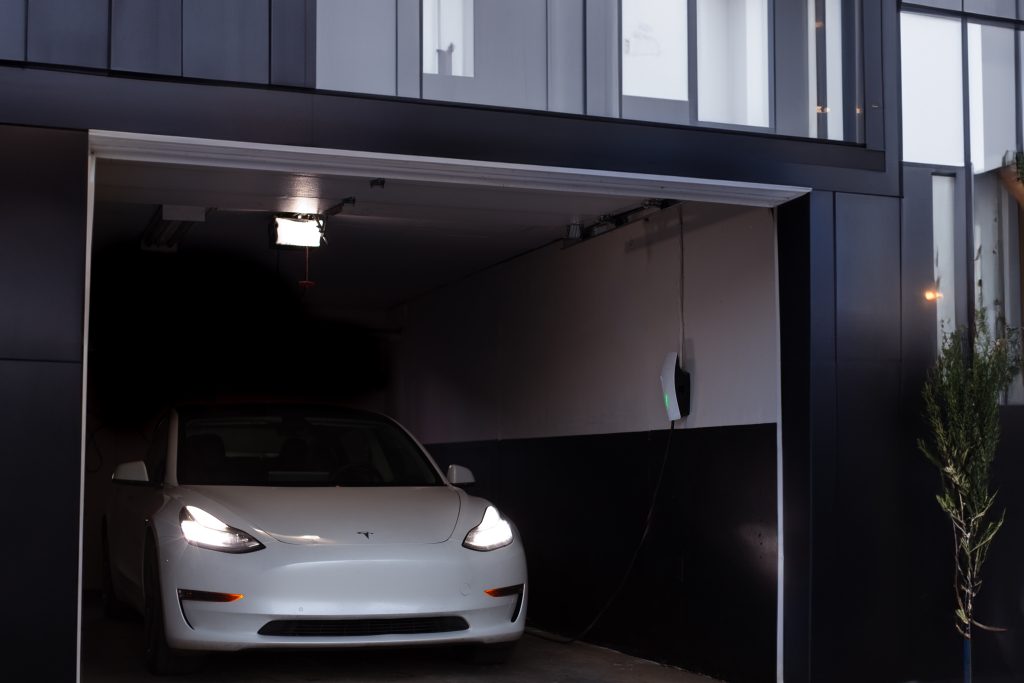By: Otaiba Ahsan

One of the most frequent questions I’m asked as a Tesla owner is what happens if the battery runs out of juice. At first, I assumed it was a similar experience to gas cars, where you need to find an energy source to refuel your vehicle and you’re on your way. However, I’ve since learned it’s more nuanced than that. What happens if your Tesla’s battery dies? Continue reading for all the details.
What Happens When the Battery Dies?
If your Tesla runs out of range, the low-voltage battery (LVB) is no longer supported. This poses a problem since the vehicle cannot charge when the LVB isn’t on. As a result, an external power supply will be needed to charge the LVB. Once the charging of the vehicle begins, you can disconnect the external power and continue as normal.
If your battery dies when on the road, you’ll need to immediately pull over when safe to do so and contact Tesla Roadside Assistance OR your preferred tow provider. Keep in mind that not all tow trucks have the equipment to tow a Tesla, so be sure to ask any 3rd party company you speak to before calling them to your location.
What to Do if the Battery Dies
Once you’ve pulled over and called a person to come tow your car, you’ll want them to take your Tesla to the nearest charging station and unload the vehicle such that it’s within the charging cable’s reach. Once in position, follow the steps below:
1) First, jump-start the low-voltage battery. This is required as the LVB must be started to support the high-voltage battery. The process for this can be confusing and is dependent on where your Tesla was manufactured. Lucky for you, we’ve created a comprehensive guide for jump-starting the low-voltage battery in your Tesla.
2) Wait a few minutes, once the touchscreen powers on, plug the charging cable into your Tesla to begin charging the high-voltage battery.
3) When your vehicle begins to charge as normal, disconnect the external power supply from the low-voltage battery. Keep in mind that there’s a correct way to disengage the cables, please refer to our guide linked above for details.
NOTE: If you’re transporting your car to a non-Tesla charger, ensure your vehicle is equipped with an adapter that’s suitable for the specific cable at the station.
TIP: Always map out where you’re going, and keep your Tesla charged to ensure you have enough range for your drive. Don’t rely on the range estimates displayed on the touchscreen or mobile app as it’s not entirely accurate. Environmental temperature, driving habits, wind speeds, vehicle settings and more all impact the estimated range.
The Bottom Line
So, what happens if your Tesla’s battery dies? Your low-voltage battery will no longer be supported, and therefore you won’t be able to charge your car. As a result, you’ll need to get a tow to the nearest charger and jump-start the LVB before attempting to charge again.
